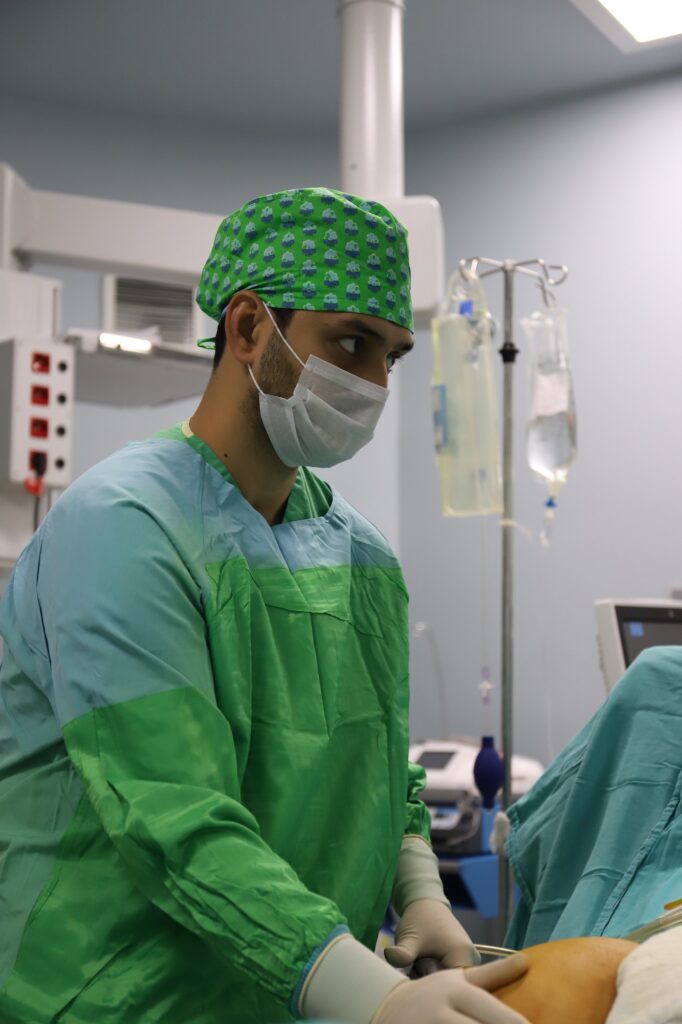While breast augmentations are one of the more popular cosmetic procedures, many individuals remain uninformed about the associated risks. Managing and minimising several potential problems and side effects is necessary when is comes to breast augmentation surgery.
A breast lift is generally performed to enhance self-confidence and self-image by reducing fat, excess skin, or sagging breasts. However, patients may find the recovery phase challenging as they need to wear bandages and temporarily avoid certain activities. It is crucial to comprehend that this is normal, and post-operative care is essential for successful healing.
In this article, Cosmetic Surgery Solicitors examines the risks of breast augmentation surgery to help you determine if the procedure is worth it.

Are the huge risks associated with breast augmentation surgery really worth it?
What are the risks?
Following a breast lift treatment, scarring that requires healing is inevitable. This common occurrence in many surgical procedures can lead to temporary pain and sensitivity. Despite varying degrees of discomfort throughout the chest, certain areas where the surgery was performed might be more sensitive or painful. Although scars can be permanent or last for years, proper healing should significantly diminish their size and prominence over time.
After the anaesthesia wears off, you may experience mild discomfort or soreness. Some degree of soreness should be expected after any surgery; however, medical professionals can administer or recommend medications to alleviate it.
Swelling frequently occurs during the healing process, potentially causing breast asymmetry or shape changes. Nevertheless, this is generally less severe and should subside six to 12 weeks post-surgery. Consult a doctor if the swelling persists during the later stages of wound healing.

Other risks of breast augmentation surgery include:
- Implant leakage due to rupture
- Visible creases and/or rippling in the implant
- Infection necessitating implant removal
- Difficulty breastfeeding or reduced milk production
- Nerve damage
- Asymmetry
- Deformity
- Symmastia (confluence of the breasts)
- Double bubble or double contour deformity
- Waterfall deformity
- Inappropriate scarring
- Capsular contracture
While some issues may be resolved promptly and temporarily, others demand greater attention. If you encounter any of these problems following breast augmentation, contact your surgeon to schedule a follow-up appointment. A competent surgeon can guide you through these concerns and offer sound advice.
What to do during the healing process
After a surgical breast lift, a smaller dressing will cover the lower breasts, and surgical tape will protect the wounds. The dressing must be worn for ten days, after which your doctor will remove it to assess the healing process. Subsequently, wearing a surgical bra for three weeks is necessary to maintain the breasts’ shape and prevent their weight from hindering healing.
Recovery rates vary among patients, and external factors like bumps, impacts and strain can slow down healing— strenuous activities should be avoided. Although the recovery period typically lasts up to 12 weeks, several factors may prolong it. A one-week work break from work is generally recommended after a breast lift.
Frequent application of scar gel and gentle massaging of the affected tissue can help reduce inflammation, while liberal use of sunscreen can minimise the sun’s rays’ effects, which can alter scar appearance by causing skin tightening during healing.

So, is it worth the risks?
Breast augmentation is a personal decision that varies from individual to individual. Whether it is worth the risks depends on factors such as the patient’s expectations, personal circumstances, and choice of surgeon. It is crucial to research and understand the potential risks, including scarring, infection, implant rupture, and nerve damage, before making a decision.
To minimise these risks, it is vital to choose a reputable, skilled surgeon and follow all post-operative care instructions. By carefully considering the potential benefits and drawbacks, a person can make an informed decision about whether the procedure is worth the risks. It’s essential to have realistic expectations about the outcome and be prepared for the recovery process.
We believe that each person should make their own informed decision before undergoing any cosmetic treatment and ensure they consult a reputable, skilled surgeon to minimise the likelihood of complications. Take your time when considering breast augmentation, as risk reduction is a vital factor in all decisions. If you suspect you have been a victim of unsafe or negligent cosmetic surgery, consult a cosmetic surgery solicitor for guidance.
